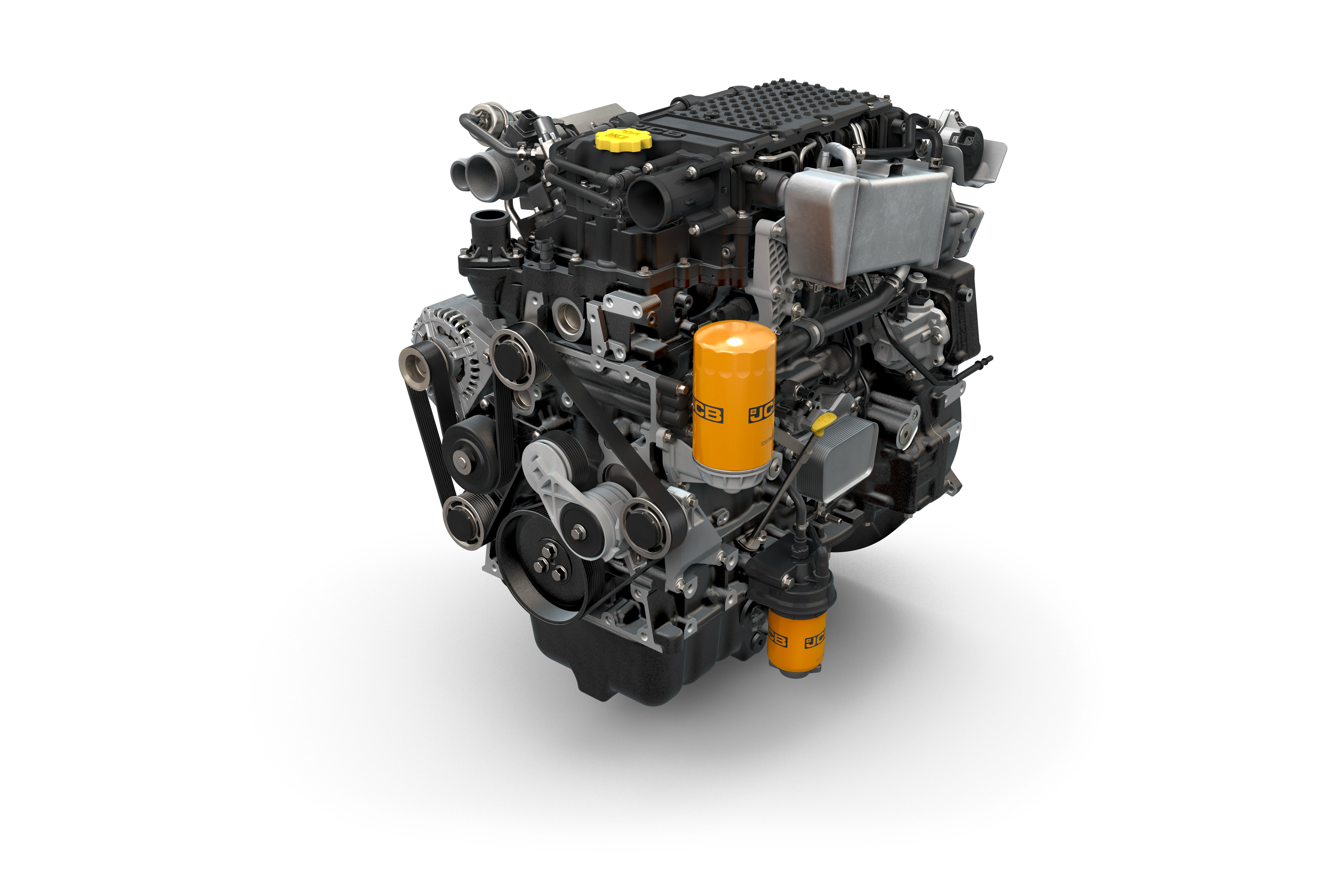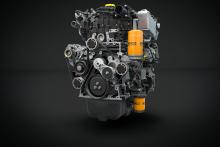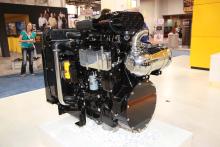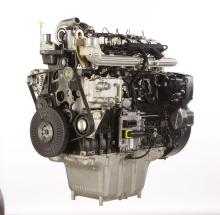
In 2011, the company announced that it was launching a new engine development project with the help of £4.5 million (€5.25 million) from the UK Government’s Regional Growth Fund.
Now the company has unveiled the results of the investment, the new engine, which is the third engine line to be launched by JCB since production first started in 2004 at JCB Power Systems in county Derbyshire, England, and joins the 4.4, 4.8 and 7.2litre models.
“It is hard to believe that, just over 12 years ago, JCB didn’t make engines. Today JCB has produced 400,000 high-performance diesel engines, leading the way with a purpose-built range which saves fuel, is clean and highly efficient,” said Graeme Macdonald, JCB CEO.
“The launch of the brand new three litre JCB430 DieselMax engine will build on the success of the JCB Power Systems business and takes the productivity and environmental performance of our engines to a completely new level, particularly on fuel efficiency.”
The company says that one of the most impressive features of the new DieselMax engine is said to be its fuel consumption, using up to 8% less fuel than the already very fuel efficient 4.4itre JCB engine.
The JCB430 DieselMax is also 30% lighter than JCB’s popular 4.4litre EcoMax engine, and has been designed specifically for mid-range construction and industrial equipment operating cycles.
JCB’s third engine line, alongside the four cylinder 4.4/4.8litre EcoMax and the six-cylinder 7.2litre DieselMax, is a four-cylinder design.
Launched initially with 55kW, at Stage IIIB/Tier 4 Final, the new 3litre engine produces 400Nm of torque from 1,300rpm.
The engine meets the relevant emissions legislation without any requirement for a costly Diesel Particulate Filter (DPF), Selective Catalytic Reduction (SCR) or any form of exhaust additive or after-treatment.
JCB says that this will make it an ideal power plant for a wide range of mid-weight construction and industrial equipment.
The engine has been designed to be ready for Stage V emissions standards and it will be available with additional power ratings in the future.








